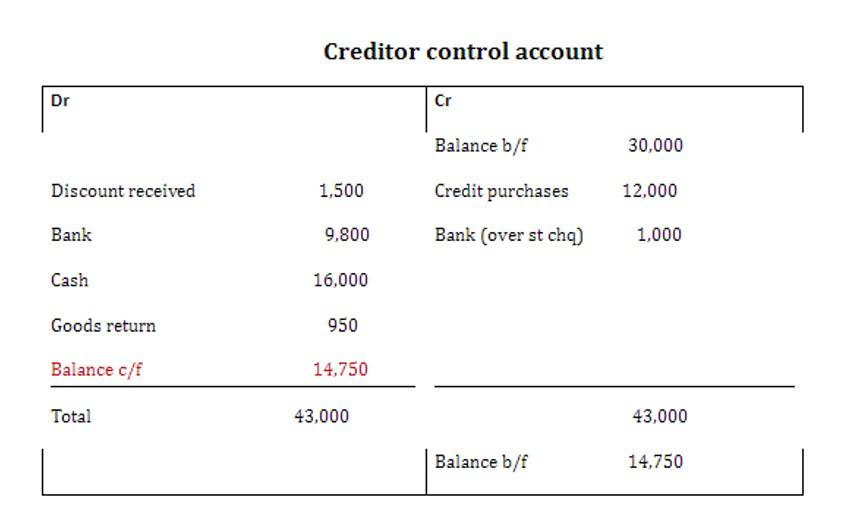Present Value Annuity Table Formulas Calculator

The number of payments is on the y-axis, and pv annuity table the rate of interest, or the discount rate, is on the x-axis. The intersection of the number of payments and the discount rate presents a factor that is multiplied by the value of payments, providing the present value of the annuity. The present value of an annuity is the current value of all future payments you will receive from the annuity. This comparison of money now and money later underscores a core tenet of finance – the time value of money. Essentially, in normal interest rate environments, a dollar today is worth more than a dollar tomorrow because it has the ability to earn interest and grow with time.
Related AccountingTools Course
In academic settings or certification exams, PV tables are a lifesaver. Present value tables make this process way easier, especially when modeling multiple interest rate scenarios. When valuing bonds, you need to discount future coupon payments and the face value back to today. A https://www.bookstime.com/ PV table helps you reverse-engineer your savings goals, adjusting for inflation and expected returns. Use a PV table to figure out what those future profits are worth today.

Present Value Tables Download
Choose CFI for unparalleled industry expertise and hands-on learning that prepares you for real-world success. Here, the annuity value is higher; hence, it would be reasonable to choose the annuity over the lump-sum amount. You can build dynamic PV tools right inside your spreadsheet, backed by live financial data. You can also estimate using the CAPM formula – Wisesheets can help with that by pulling data like beta and market returns. Multiply that factor by the payment amount to get the total present value. It connects Excel or Google Sheets directly to live financial data, so instead of hunting down numbers, you just pull them in with a formula.
- PV tables are often used to value bond cash flows (coupon payments + face value) and lease obligations, especially under IFRS 16 and ASC 842.
- Choose CFI for unparalleled industry expertise and hands-on learning that prepares you for real-world success.
- For example, if the $1,000 was invested on January 1 rather than January 31, it would have an additional month to grow.
- Depending on what you’re trying to value, the type of cash flow involved, or when it’s received, the table you use will change.
- You can also estimate using the CAPM formula – Wisesheets can help with that by pulling data like beta and market returns.
Present Value Table vs. Other Tables: What’s the Difference?
PVAD tables are a financial tool used to determine the PV of a series of equal payments, where each payment is made at the beginning of each period, rather than at the end. These tables are used in financial calculations such as loan amortization, lease payments, and other types of annuities. They provide a quick and easy way to calculate the present value of a series of future payments, based on a specific interest rate and time period. The annuity table provides a quick way to find out the present and final values of annuities. However, in the real world, interest rates and time periods are not always discrete. Therefore, there are certain formulas to compute the present value and future value of annuities.

Future Value of an Annuity Due
The value of those future lease payments are discounted to the present value using a PV table (or a PV formula, but the table speeds things up). This table is normal balance for recurring payments – like rent, loan repayments, or annual dividends – spread evenly over time. This formula tells you what your future cash is worth in today’s dollars. So, if you expect $1 in three years, and your discount rate is 6%, that dollar is really worth just $0.84 today.
Present Value of a Growing Perpetuity (g

Present value annuity due tables are used to provide a solution for the part of the formula shown in red. Additionally this is sometimes referred to as the present value annuity due factor. Future value (FV) is the value of a current asset at a future date based on an assumed rate of growth. It is important to investors as they can use it to estimate how much an investment made today will be worth in the future. This would aid them in making sound investment decisions based on their anticipated needs. However, external economic factors, such as inflation, can adversely affect the future value of the asset by eroding its value.

Same as above, but the payments occur at the beginning of each period, not the end. Annuities as ongoing payments can be defined as ordinary annuities or annuities due. Read on to discover how to calculate the present value of an annuity so you can make confident financial decisions. Boost your confidence and master accounting skills effortlessly with CFI’s expert-led courses!